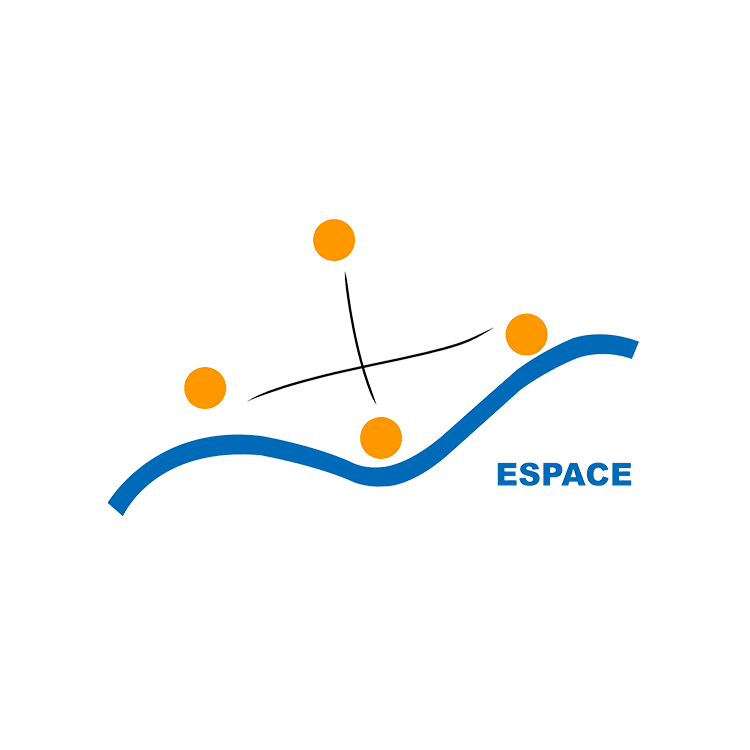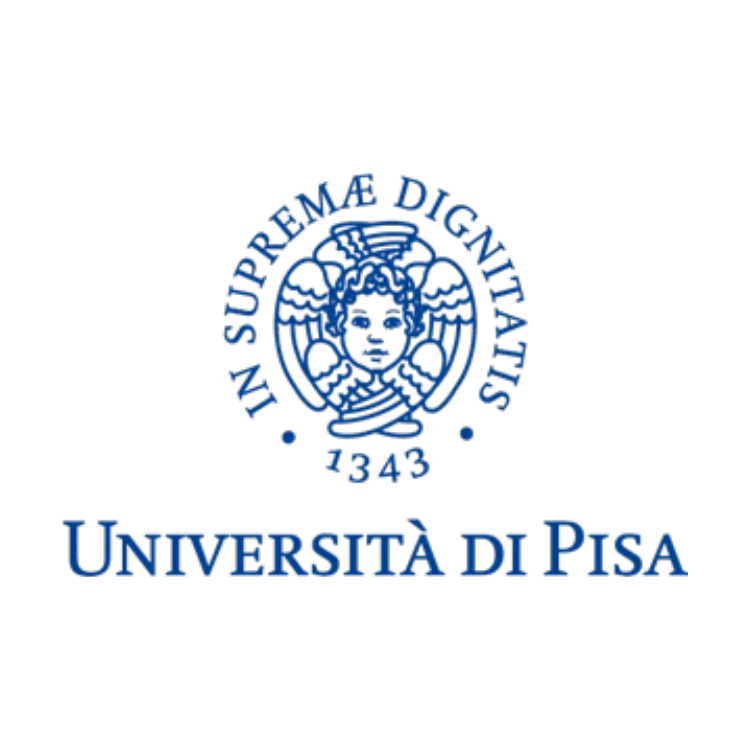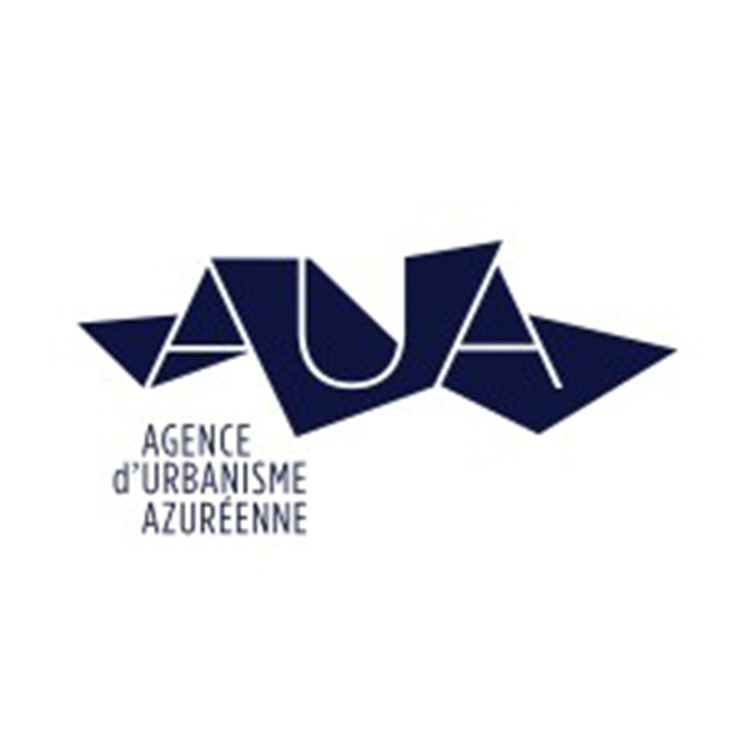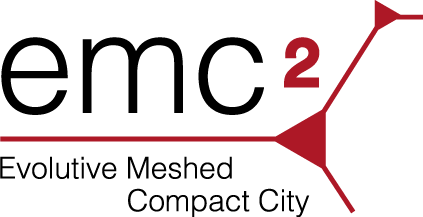The 15-minute city (15mC) has strong prerequisites in terms of urban form and spatial organisation of the physical city, which should be integrated in any transition strategy for suburbs and car-dependent outskirts. With these demands in consideration, the project proposes a new model of the 15mC for the loose structural networks of peripheral locations: the Evolutive Meshed Compact City (emc2).
The emc2 model envisages compact urban forms as corridor developments based on existing main roads, forming a meshed structure across the metropolitan area. Redesigned for pedestrians, these interconnected roads will be turned into vibrant and inclusive main streets, living spaces that offer a high quality of stay, a wide variety of high-frequency mixed uses and connections to wider-range mobility options. They interact with metropolitan ecosystem corridors and require only marginal improvements to the existing suburban forms.
The project will assess the emc2 model at different scales in six geographically very different European case studies, through a triangulated research methodology including: innovative geospatial and network modelling; observational usage analyses; comparative morpho-functional analyses.
About Us
The emc2 project is carried out by a consortium of four academic research units and four local authorities in four different European countries : UMR ESPACE (CNRS – Université Côte d’Azur – Aix-Marseille Université – Avignon Université), Agence d’Urbanisme Azuréenne (AUA) and Agence de Développement et d’Urbanisme de Lille Métropole (ADULM), in France, SMoG (Chalmers University of Technology) and City of Gothenburg, in Sweden, DESTeC (University of Pisa) and City of Viareggio, in Italy, as well as the Department of Urban Design (Vienna University of Technology), in Austria.














